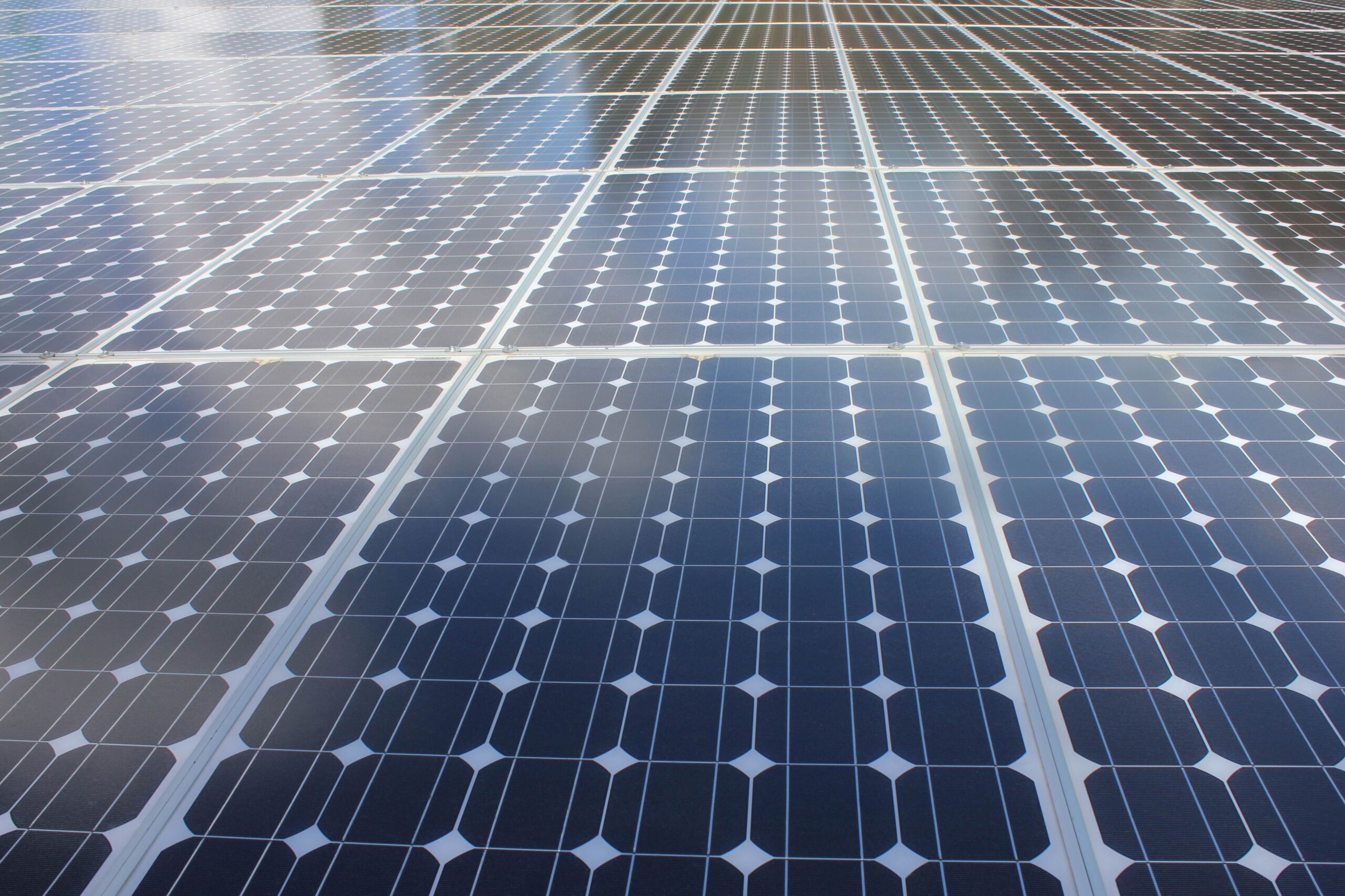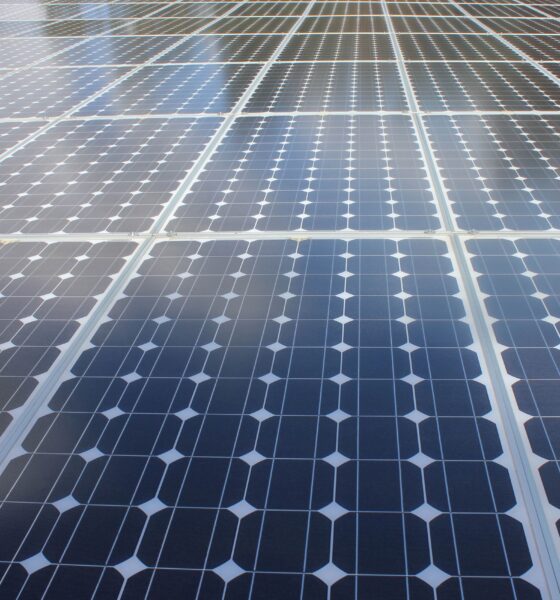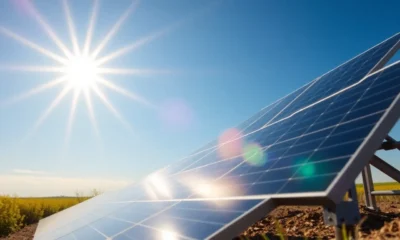

Energy
Solar farms open to visitors for ‘Solar Independence Day’
Solar farms across England and Wales have opened for visits from local residents, schools, businesses and community groups on Friday, in an effort to educate the public about the benefits of renewable energy.
A project of the Solar Trade Association (STA), Solar Independence Day will allow visitors to put their questions to the owners and managers of solar farms.
The event has been timed to coincide with the famous American national holiday that celebrates the founding of the independent USA because, the STA says, independence is a crucial benefit delivered by solar power.
They say solar farms help liberate the UK from polluting fossil fuels, liberate farming businesses from financial risk resulting from poor crop yields, and liberate consumers from excessive energy bills.
“Solar is a secure, home-grown solution to Britain’s dual crises of security of supply and spiralling energy bills. It means independence from fossil fuel imports and independence for consumers,” said STA chief executive Paul Barwell.
“Solar Independence Day is about involving local people and raising awareness of the facts: solar makes no noise, has no moving parts and produces no waste or carbon.”
Recent polls have revealed that solar is the UK’s most popular form of energy generation. As the public’s concern over fracking and carbon-intensive energy generation grows, solar has enjoyed increased support.
A report published in June by The European Photovoltaic Industry Association (EPIA) revealed that 2013 was a record year for the solar industry.
Though growth was largely driven by new developments in Asia, at least 38.4 gigawatts (GW) of new photovoltaic systems were installed across Europe.
However, the Department for Energy and Climate Change (DECC) recently confirmed plans to stop subsidies through the renewables obligation (RO) scheme for large-scale solar farms. This means that solar farms of more than 5 megawatts (MW) in size will have to compete with other forms of renewable energy under the government’s new contracts for difference (CfD) scheme.
Experts have warned that the prospect of these reforms has made the UK solar market less attractive to investors, and Barwell argues that this will make it more expensive to reach national climate targets.
“The cost of solar has fallen by 65% since this government came to power,” he said.
“We want to get to the point where we can compete without public subsidy. But if our politicians hold solar back, if they do not provide a stable policy environment and a level playing field, we may never get there.”
For more information on which solar farms are participating in Solar Independence Day, visit the STA’s website.
Photo: Debbie Mous via Free Images
Further reading:
Solar farms to welcome visitors for ‘Solar Independence Day’
Thomson Reuters predicts solar and electric transport to grow rapidly
Summer solstice: solar energy to thrive on longest day of the year
One-fifth of UK’s electricity now comes from renewables
2013 record year for solar PV but sector still ‘policy-driven’


 Environment10 months ago
Environment10 months agoAre Polymer Banknotes: an Eco-Friendly Trend or a Groundswell?

 Environment11 months ago
Environment11 months agoEco-Friendly Home Improvements: Top 7 Upgrades for 2025

 Features9 months ago
Features9 months agoEco-Friendly Cryptocurrencies: Sustainable Investment Choices

 Features10 months ago
Features10 months agoEco-Friendly Crypto Traders Must Find the Right Exchange






























